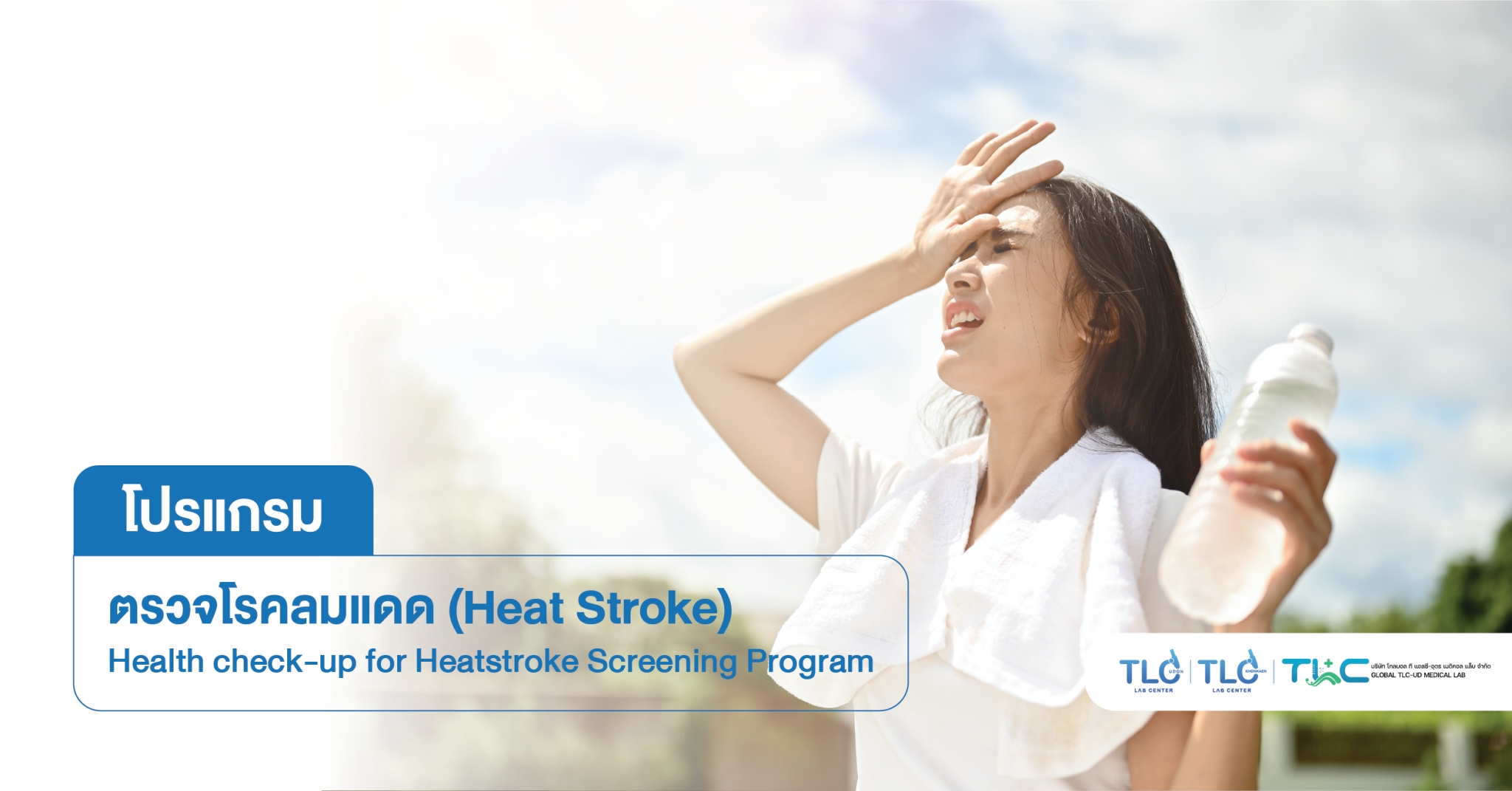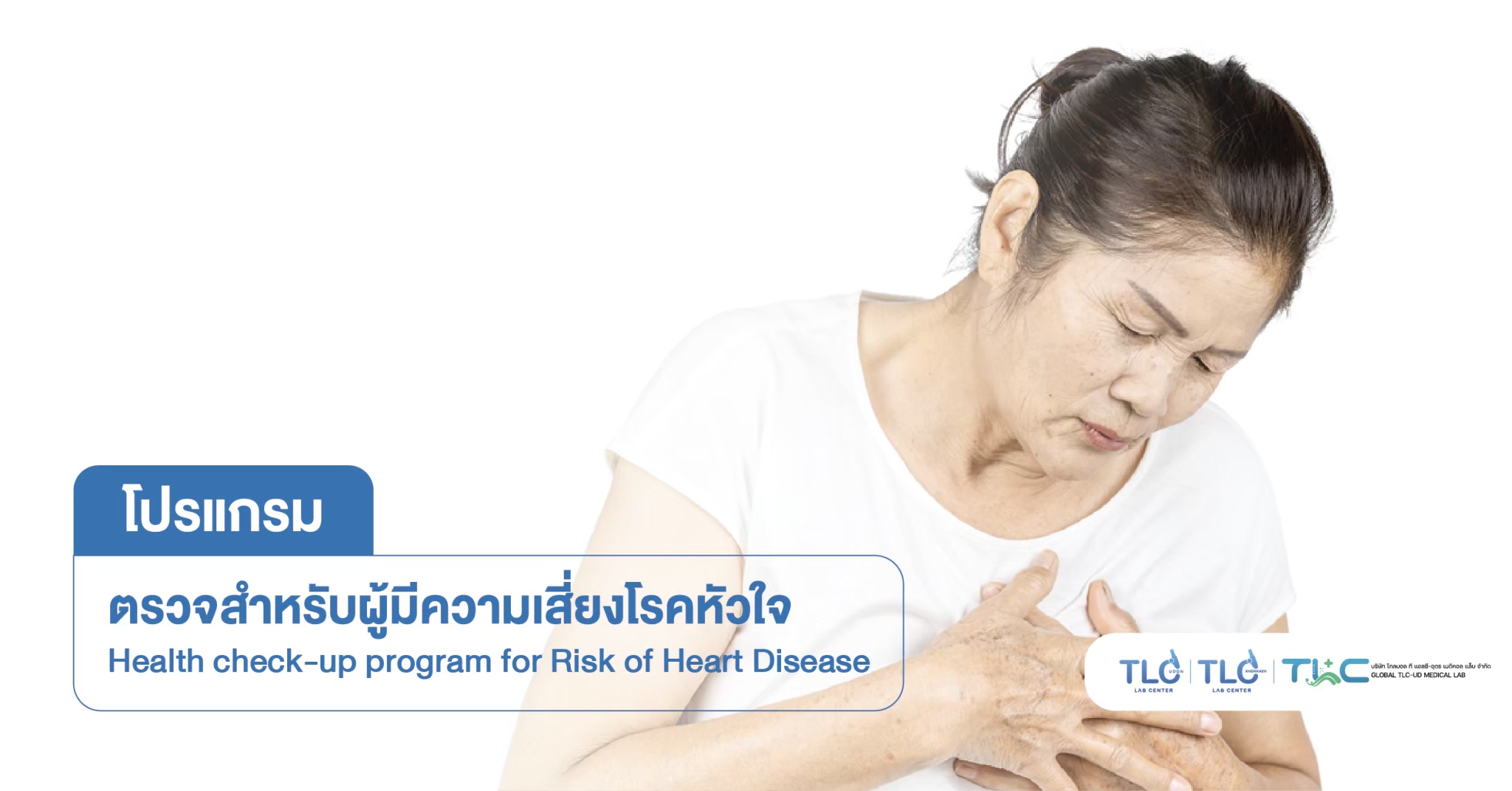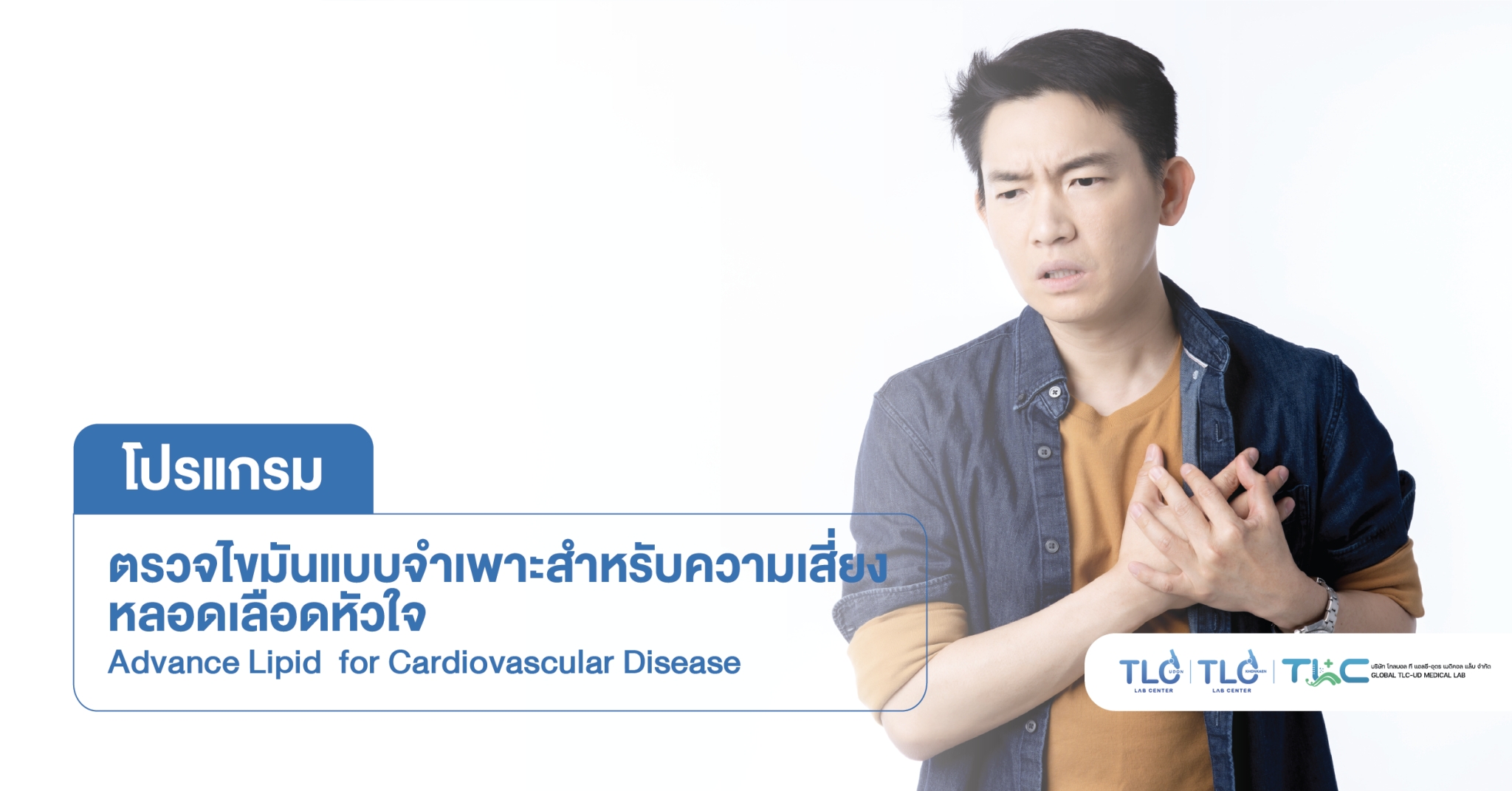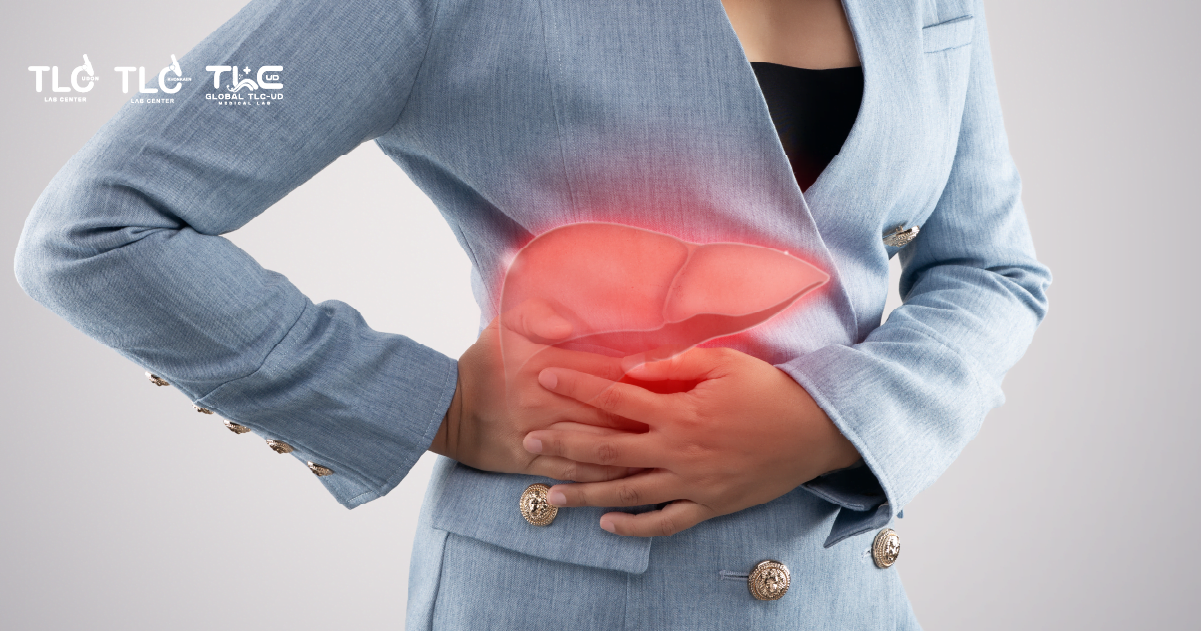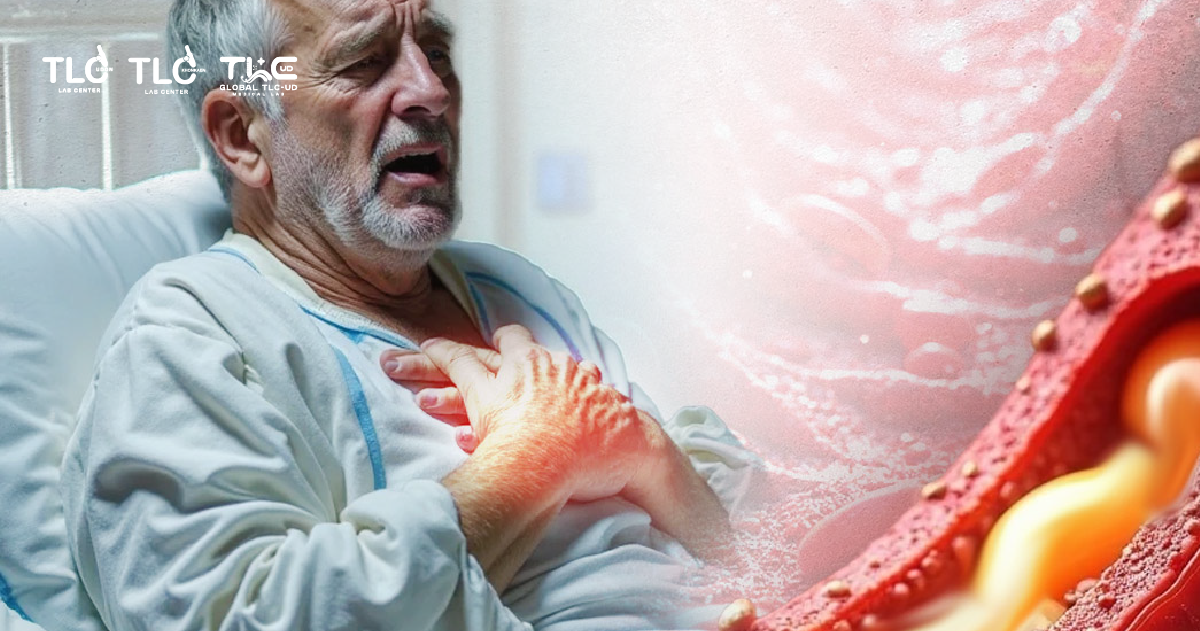Hyperlipidaemia poses a risk of coronary heart disease.
Different types of fats have different effects on health.
Nowadays, Thai people are becoming more and more health-conscious because heath care slows down cell degeneration. It also slows down aging by taking care of health, such as by choosing healthy foods (in 5 main food groups) with health supplements (vitamins and trace elements) coupled with regular exercise, getting enough sleep (at least 8 hours) Keep your mind happy and not stressed.
Hyperlipidaemia is also the cause of many diseases. Especially diseases related to the arteries, heart and stroke, so we will help everyone to know about “hyperlipidaemia”.
What is hyperlipidemia?
Hyperlipidemia is a condition in which the body has a blood lipid level higher than the norm and may have abnormalities in both “cholesterol” and “triglycerides”, which are risk factors for diseases such as cardiovascular disease, arterial stenosis, blockage. Stroke or not good blood flow to various organs, including high blood pressure. Obesity (Read the article about Abdominal obesity, click here.) and fatty liver.

What is cholesterol?
Cholesterol is a type of fat that the body makes. It helps synthesize hormones and is part of the cell mucosa. Most cholesterol is synthesized from the liver. Some of them are found in the foods we eat (about 30%), which is less than what the body makes itself (about 70%).
Cholesterol is also caused by saturated fats. If the food you eat is high in saturated fat, it will increase the amount of cholesterol in the body as well.
Types of blood lipids
Cholesterol
This is because cholesterol is a type of fat that cannot be dissolved in the bloodstream alone. It requires protein aggregation to stay in the bloodstream. This combination of fat and protein is called lipoprotein, there are 2 types:
- HDL (High Density Lipoprotein) is a high-density lipoprotein.
- LDL (Low Density Lipoprotein) is a low-density lipoprotein.
- HDL is responsible for bringing excess cholesterol to the liver, so we call HDL a good type of cholesterol.
- LDL works as opposed to HDL, i.e. it causes fatty plaques or stains to settle in the arteries, so we call LDL the culprit.
These 2 types of cholesterol, if present in the right amount, help prevent heart disease.
Normal cholesterol levels
Cholesterol levels can be measured by blood draw. The amount of cholesterol levels in the blood that should be present
Total cholesterol is lower than 200 mg/dL.
- LDL cholesterol below 130 mg/dl
- HDL cholesterol Men above 40 mg/dL , Women above 55 mg/dL

Triglycerides
Triglycerides are another type of fat in the blood, derived from foods such as sugar, and alcohol consumption. Sugar will accumulate under the skin of the abdomen. This causes it to settle in the belly and accumulate in various organs, especially the liver. “Liver lipid” which has the potential to become strong liver and liver cancer. The level of triglycerides in the blood should be below 150 mg/dL.
Factors that cause high blood lipid levels
- Improper diet, such as foods containing saturated fats found in animal products and trans fats found in cookies, bakeries, red meats, and whole fat dairy products, increase cholesterol levels.
- Obesity is a person with a body mass index (BMI) of 30 or more who is at risk of high cholesterol.
- Lack of exercise : Exercise improves HDL in the body or good cholesterol.
- Smoking damages the walls of blood vessels, making them prone to fat accumulation. Smoking can cause lower HDL levels.
- Age : With age, there is an increased risk of high cholesterol. The liver will eliminate LDL.
- Diabetes, high blood sugar causes levels of harmful cholesterol, LDL elevated, and HDL decreased. High blood sugar also damages the lining of red blood vessels.
High blood cholesterol can be caused by a number of reasons, including body weight, type of food eaten. Changes in eating habits and opting for the right portion of food can help lower cholesterol levels.
- Weight loss: Proper body weight will reduce the amount of fat in the body, which also affects cholesterol levels. The optimal body weight standard can be determined by body mass index (BMI) should be less than 23.
- How to find body mass index: body weight (kg)/height in meters2) Male waist circumference not exceeding 90 centimeters (35.4 inches)
- Female up to 80 centimeters (31.4 inches)
- Reduce saturated fatty acid intake as saturated fat can cause cholesterol to rise in the body.
- Saturated fatty acids are mainly found in meat and dairy products such as lean beef, lamb, pork (including bacon and ham), skinned chicken, tallow, lard, cream, butter, cheese, and whole or skimmed dairy products, and vegetable fats such as guar. Palm Oil
- Choose unsaturated fatty acid foods.
- Unsaturated fatty acids are divided into 2 types:
- Monounsaturated fats This type of fat has a liquid appearance when it is at room temperature. And becomes solid when the temperature drops. It is found mainly in olive oil. Sesame oil or safflower oil, avocado Fish with fatty acids like tuna, mackerel or salmon, and nuts or whole grains. Reduces the risk of heart disease and stroke
- Polyunsaturated fats It is found in vegetable oils such as soybean oil, corn oil or sunflower oil. This type of fat helps reduce the level of bad cholesterol (LDL) in the blood. Reduce the risk of heart and stroke by providing nutrients that strengthen cells in the body and provide essential fatty acids that the body cannot produce on its own, such as OMEGA 6 and OMEGA 3.
- Unsaturated fatty acids are divided into 2 types:
- Choose foods that increase cholesterol, such as: Eat sea fish (tuna, mackerel, salmon, sardines, etc.) at least 2-3 times a week, rice, flour, and whole grains such as brown rice, hand-trained rice, whole wheat bread, and dried beans. Black sesame, chili, eat fruits and vegetables.
- Exercise regularly every day or at least 3 days/week, about 30 minutes/day, such as jogging, brisk walking, swimming, or cycling.
- Refrain from smoking and reduce alcohol consumption.

Prevention of hyperlipidaemia
To prevent hyperlipidaemia, we need to know what levels of fat in our blood and how much of each type of fat is. Because not all fats are harmful to the body.
Therefore, a “health check-up” to know the amount of each type of fat regularly is necessary.
- If you are over 35 years old, you should have a blood test to check your lipid levels at least once a year.
- If the family has a history of ischemic heart disease, diabetes, high blood pressure, blood tests should be done every 6 months.
it’s all about us. If we pay attention to our health and know how to prevent risks, the chances of developing disease are reduced. It makes you happy to live longer.


